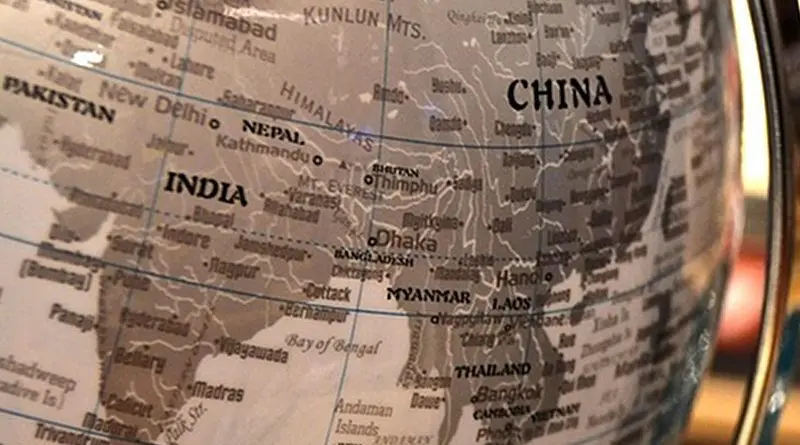Emerging Threats To Strategic Stability In South Asia: A Bumpy Road To Peace – OpEd
By Usama Faiz*
The power politics in a nuclear neighborhood signifies the vulnerability of South Asia in the 21st century. The South Asian geopolitics is marked by the global power competitions, an unstable Afghanistan in the face of a US withdrawal, Russian resurgence, regional rivalry and arms proliferation. These characteristics are a constant threat to a long desired peace, thus escalating the security dilemma. Pakistan’s defensive posture has always aimed to maximize its security against the perceived threats particularly India. While India’s offensive power maximization, being two-pronged, undermines the strategic stability in South Asia. The advancement and the presence of nuclear weaponry have prevented any conventional or a nuclear war in the region, however, it has prevented peace to take place in the true spirit.
India is the world’s second largest arms importer. US, France, Israel, and Russia are its top arms’ suppliers. US have been viewing India through the lens of countering Chinese ambitions in the region while enhancing Pakistan’s apprehensions. NSG waiver was granted to India after US-India civil nuclear deal in 2008. India was also given the same benefits as the nuclear non-proliferation treaty (NPT) offers, even though it is not a party to the treaty. The recent strategic agreements signed between US and India, while deepening the cooperation between the two, destabilizes the strategic stability of a vulnerable South Asia. Not only this, the nuclearization of the Indian Ocean and the provision of nuclear capable Rafale Jets to India by France, militarization of the space along with India’s intense military modernization is disastrous, adding to the region’s insecurities. This has led Pakistan towards counterfeiting alliances like Pak-China ties and warming up of Pak-Russia relations, and enhancing its defence capabilities.
The dynamics of South Asia’s strategic stability are further challenged by hybrid warfare. The Uri surgical strikes in 2016, Pulwama episode in 2019, Revocation of Article 370 and 35(A), the 15 years-long disinformation campaign waged by India, come under the realm of hybrid warfare. Such attacks have aimed to create instability and chaos within the social fabric of Pakistan. It has led to an increasing unrest and uncertainty in the region, thereby intensifying the rivalry between Pakistan and India. The changing situation in Afghanistan is another major concern for South Asia in general, and Pakistan in particular. The future of the peace in the region remains uncertain in the face of a hurried US withdrawal.
So the threats to South Asia’s strategic stability are multi-pronged and intertwined. The presence of a nuclear deterrent in South Asia cannot guarantee a long lasting peace. There is a need for a robust security mechanism in the region that is practically followed and implemented. Diplomacy and strategic communication and coordination are the need of the hour to ensure a stable and peaceful South Asia.
*The writer is a graduate of Strategic Studies from National Defence University. He can be reached at [email protected]


Where do you think would Iran be in all this?and what if Modi in india comes back for another term !
I didn’t understanad